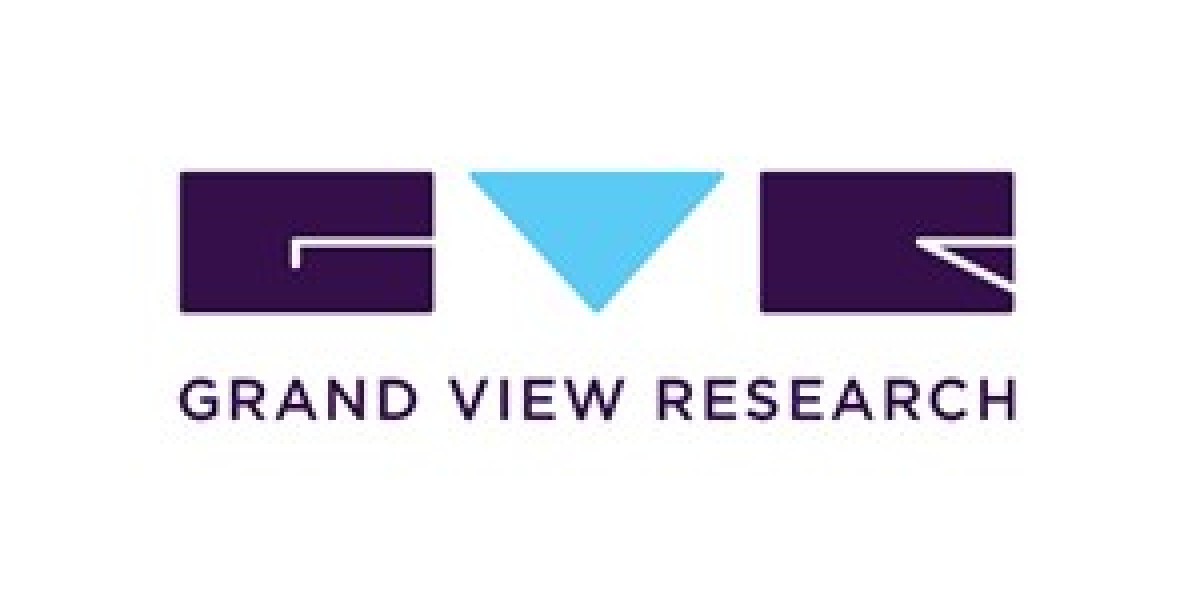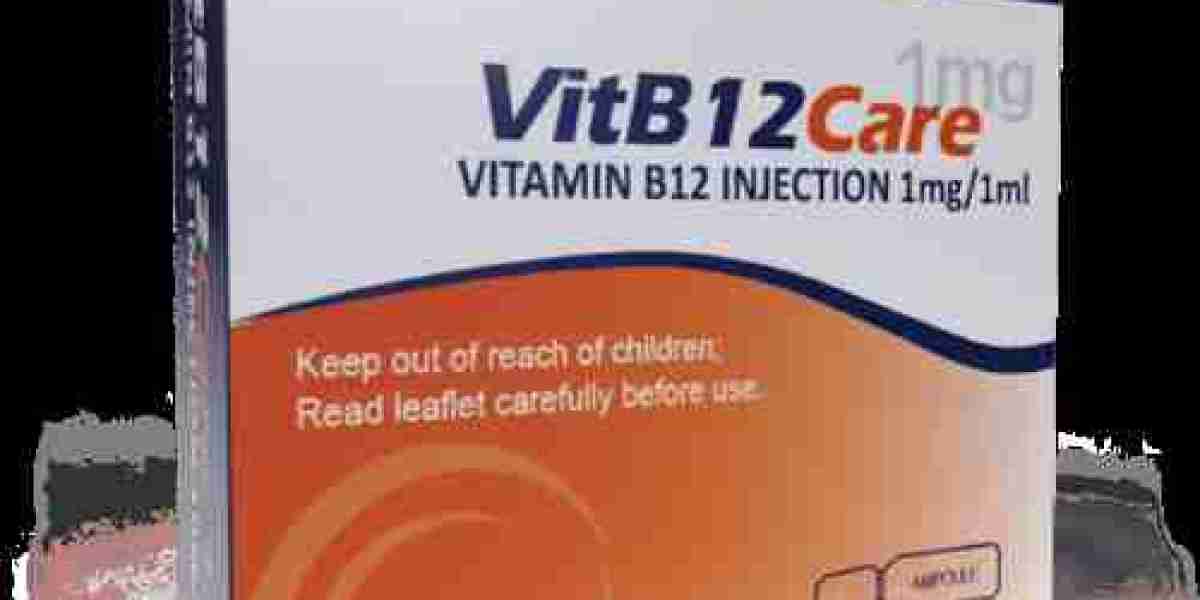Glass Bottles Category Overview
The glass bottles category is anticipated to grow at a CAGR of 4.5% from 2023 to 2030. In 2022, the category size was estimated to be valued at USD 40.37 billion. The increasing preference for glass over plastic and its extensive use in industries such as pharmaceuticals, cosmetics, food and beverages, and chemicals due to factors such as - recyclability and reusability, lower carbon footprint, inertness, and longer shelf life, contribute to the growing demand for the category. Glass bottles are also seen as a form of premium packaging particularly in the food and beverages industry.
The largest market for glass bottles and containers in the world is currently Europe. The primary force behind the growth of glass bottles is the rising global consumption of alcoholic beverages. Glass bottles and containers are used in the packaging of beverages in a variety of ways, and nations like Germany, Russia, and France account for up to 40% of the European market.
Order your copy of the Glass Bottles Procurement Intelligence Report, 2023 - 2030 , published by Grand View Research, to get more details regarding day one, quick wins, portfolio analysis, key negotiation strategies of key suppliers, and low-cost/best-cost sourcing analysis
Some of the major technological advancements in this category are the production of 100% recyclable glass bottles, the use of solar-powered technology, the integration of cullets, and the transition to hydrogen and electric furnaces to reduce on-site emissions. For instance, in August 2023, Consol Solar Jar (new generation) is the latest introduction of Ardagh Glass Packaging's powerful solar products. The Solar Module is one of the key technological innovations of the Consol Solar Jar, which can function as a lantern, as well as a pocket-sized solar-powered portable light.
The glass bottles category is highly competitive and fragmented. There is intense competition among players to increase their customer footprint while meeting sustainability requirements. In order to obtain greater energy savings and lower carbon emissions, suppliers in the U.S. and Europe are predominantly investing in plant equipment upgrades and installing the latest next-gen furnace technologies. For instance, in August 2023, Ardagh Group announced that its “NextGen Furnace” technology construction in its Glass Packaging facility in Obernkirchen, Germany is entering its final stages. As a result of the hybrid advanced technology, 80% of the electricity would be generated using renewable energy and 20% using natural gas. This will result in a significant reduction of CO2 emissions by as much as 60% in the furnace - thereby drastically reducing the carbon footprint of glass packaging.
Glass Bottles Procurement Intelligence Report Scope
The Glass Bottles category is expected to have pricing growth outlook of 15% - 25% (Annually) from 2023 to 2030, with below pricing models.
- Volume-based
- contract-based
Supplier Selection Scope of Report
- Cost and pricing
- Past engagements
- Productivity
- Geographical presence
Supplier Selection Criteria of Report
- Production capacity
- capacity
- type of glass
- height
- weight
- technical specifications
- industries served
- operational capabilities
- quality measures
- technology
- certifications
- data privacy regulations
- others
Glass Bottles Procurement Intelligence Report Coverage
Grand View Research will cover the following aspects in the report:
- Market Intelligence along with emerging technology and regulatory landscape
- Market estimates and forecasts from 2023 to 2030
- Growth opportunities, trends, and driver analysis
- Supply chain analysis, supplier analysis with supplier ranking and positioning matrix, supplier’s recent developments
- Porter’s 5 forces
- Pricing and cost analysis, price trends, commodity price forecasting, cost structures, pricing model analysis, supply and demand analysis
- Engagement and operating models, KPI, and SLA elements
- LCC/BCC analysis and negotiation strategies
- Peer benchmarking and product analysis
- Market report in PDF, Excel, and PPT and online dashboard versions
Glass Bottles Procurement Cost and Supplier Intelligence
The major cost components associated with the production of glass bottles are raw materials, energy, technology and equipment, packaging, and labor. Other key costs include distribution, logistics and transportation, facilities and utilities, tax and depreciation, profit, etc. Some of the raw materials used in the manufacturing process are silica sand, soda ash, and limestone. The materials are then combined with recycled glass, sometimes called “cullet” to form bottles. In Q2 2023, silica (glass grade) prices fluctuated a lot in the North American region due to uncertain demand amid weak market sentiment for the product. This in turn reduced the prices for silica sand in the region. Further declines in the freight rates at the end of May 2023, supported the price drop. In Asia, during the same period, silica prices decreased on account of low demand from the construction sectors amid sufficient product supply.
In India, the average import price (CIF) of silica sand in 2022 was USD 64 per ton. This is a sharp decline of 48.4% compared to 2021. Similarly, the average export prices (FOB) of silica sand amounted to USD 104 per ton, which is a decrease of 18.1% compared to 2021. Prices of soda ash remained steady in Q2 2023 in the North American region due to stable demand from the glass industry. However, exports from the region declined due to surging interest rates on account of inflation, which compelled manufacturers to reduce their operational activities. At the end of April 2023, soda ash prices declined due to low sales and thin profit margins in addition to reduced production and low operation rates. However, soda ash prices started to increase in June 2023 because of logistics and supply chain problems.
The most preferred countries for sourcing glass bottles are China, India, and Germany. As of July 2023, the top three exporters of glass bottles are China, India, and Germany with 499,393, 342,827, and 80,232 shipments respectively. Most of the world's glass models and bottles are exported to the United States, Vietnam, and India. The category's sourcing may differ depending on factors such as purity, sustainability, recyclability, technical specifications, and cost-effectiveness. Industries need to ensure that their products are aligned with the intended use and ethical considerations. While procuring the product, it is important to check if the bottles have passed all certification tests and standard regulations in addition to being manufactured in sanitary environments, such as - GMP, ASTM C225, ISO 9001, ASTM C1606-10, TCLP Test, etc.
List of Key Suppliers
- Ardagh Group
- Gerresheimer AG
- Owens-Illinois Inc.
- Stoelzle Glass Group
- Schott AG
- SGD Pharma
- Corning Incorporated
- Amcor plc
- Saverglass SAS
- Frigoglass SAIC
Browse through Grand View Research’s collection of procurement intelligence studies:
- Disposable Medical Gloves Procurement Intelligence Report, 2023 - 2030 (Revenue Forecast, Supplier Ranking & Matrix, Emerging Technologies, Pricing Models, Cost Structure, Engagement & Operating Model, Competitive Landscape)
- Cyber Security Procurement Intelligence Report, 2023 - 2030 (Revenue Forecast, Supplier Ranking & Matrix, Emerging Technologies, Pricing Models, Cost Structure, Engagement & Operating Model, Competitive Landscape)
- Lab Equipment Procurement Intelligence Report, 2023 - 2030 (Revenue Forecast, Supplier Ranking & Matrix, Emerging Technologies, Pricing Models, Cost Structure, Engagement & Operating Model, Competitive Landscape)
- Commercial Real Estate Services Procurement Intelligence Report, 2023 - 2030 (Revenue Forecast, Supplier Ranking & Matrix, Emerging Technologies, Pricing Models, Cost Structure, Engagement & Operating Model, Competitive Landscape)
Brief about Pipeline by Grand View Research:
A smart and effective supply chain is essential for growth in any organization. Pipeline division at Grand View Research provides detailed insights on every aspect of supply chain, which helps in efficient procurement decisions.
Our services include (not limited to):
- Market Intelligence involving – market size and forecast, growth factors, and driving trends
- Price and Cost Intelligence – pricing models adopted for the category, total cost of ownerships
- Supplier Intelligence – rich insight on supplier landscape, and identifies suppliers who are dominating, emerging, lounging, and specializing
- Sourcing / Procurement Intelligence – best practices followed in the industry, identifying standard KPIs and SLAs, peer analysis, negotiation strategies to be utilized with the suppliers, and best suited countries for sourcing to minimize supply chain disruptions



